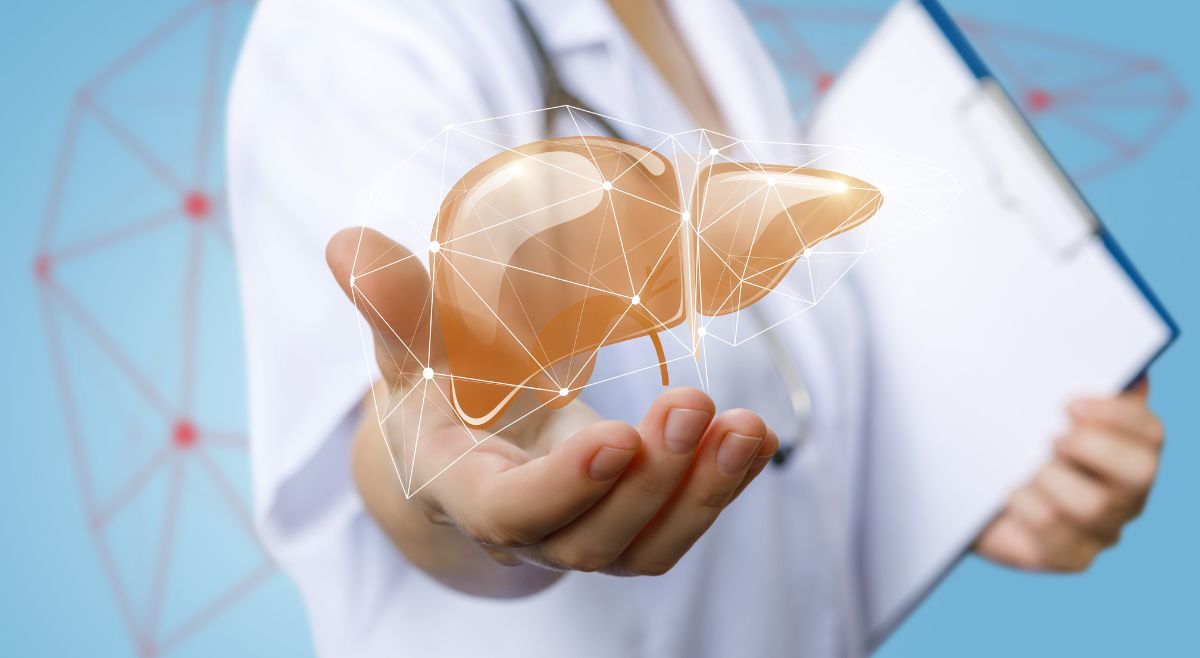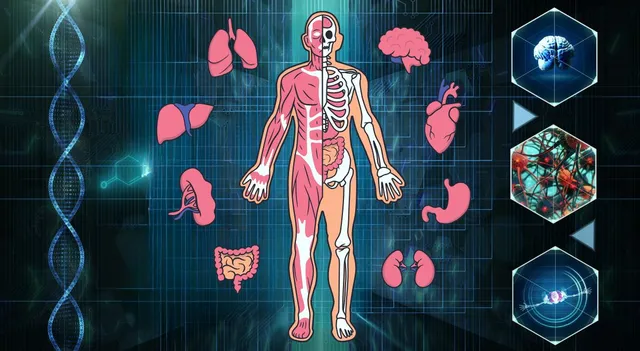- By Ridam Sharma
- Sat, 02 Aug 2025 08:12 PM (IST)
- Source:JND
Largest Organ: The skin is the largest organ of the human body. It is an external organ covering the entire body and is often underestimated for its functions. However, skin represents approximately 16 percent of the total body weight and covers an average surface area of about twenty-one square feet in adults. On average, it is roughly two millimetres in thickness. But do you know which is the largest internal organ in the human body?
However, before that, let’s take a look at the functions of skin. It acts as a protective barrier that protects the body against environmental hazards like germs, toxins, ultraviolet radiation from the sun, and physical trauma. The skin also maintains body temperature through sweating and blood circulation to the skin surface, aids sensory perception by receiving touch, pressure, pain, and temperature inputs, and aids in the synthesis of vitamin D when exposed to sunlight.
Also Read: The Unknown Fact About Yawning: It Cools Your Brain But How?
Also, the skin retains water, fat, and some vitamins, and it also eliminates waste products such as salts through sweat glands. Underneath the skin is a system of tissues, like hair follicles, glands, nerves, and blood vessels, that enable it to undertake these intricate activities. Its protective function is most important in helping to maintain body homeostasis and in keeping harmful microorganisms from entering the body.

Skin (Image Credit: Canva)
Aside from the skin, the liver is the largest internal organ, according to Healthline. It weighs approximately 3 to 3.5 pounds (1.36 to 1.59 kilograms) and is roughly the size of a football. The liver lies under the ribs on the right of the abdominal area and performs over 200 functions, including detoxifying chemicals and metabolising medicines, making bile to help with digestion, storing glycogen for energy stores, synthesising blood proteins, and controlling blood clotting. It is also one of the organs that can regenerate itself, recovering from a lot of damage if the circumstances are right.

Liver (Image Credit: Canva)
Other big internal organs are the brain, which weighs around 3 pounds and is needed to process information and regulate body functions. The lung is also big in size, which allows for the exchange of oxygen and carbon dioxide. Next is the heart, which pumps blood around the body, and the kidneys, which remove waste products from the blood and create urine.
Also Read: Which Is The Strongest Muscle In The Human Body?
In short, although the liver is the largest internal organ and performs many key metabolic functions, the skin has the distinction of being the largest organ in total, by its surface area, weight, and several key functions like protection, perception, and regulation of body functions. The double view illustrates the intricacy and specialisation of human anatomy.

